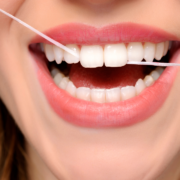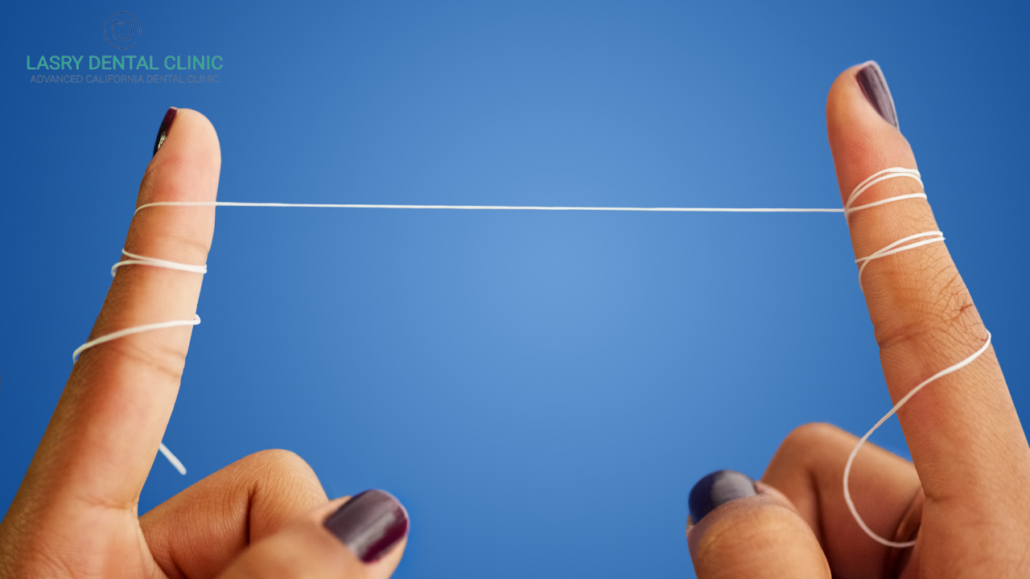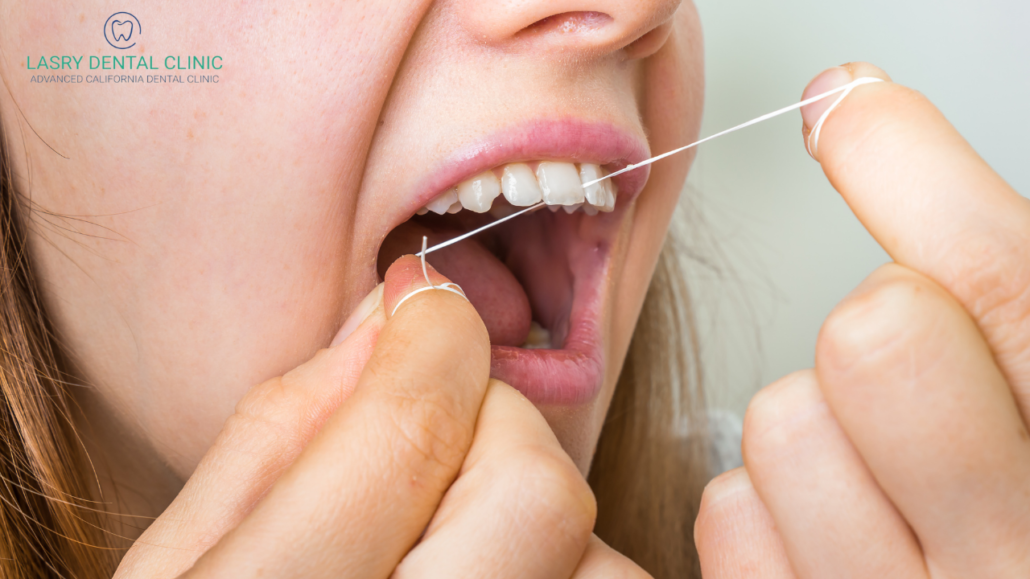How To Floss Teeth Properly To Save You Money at the Dentist
You might think it’s common sense to know how to floss your teeth. After all, didn’t we all learn how to do this when we were 5 years old?
Chances are, you’re looking this up because your dentist told you that you aren’t flossing correctly. In fact, it’s probably the reason why you just spent so much money filling that cavity or getting that oh-so-wonderful root canal done.
Flossing is important. But what’s even more important is learning how to floss correctly to prevent more dental mishaps.
RELATED: HOW MUCH DOES A TEETH CLEANING COST?
How To Floss
To floss, follow these steps:
- Break off around 18 inches of floss. Wind one half around your left forefinger. Wind the other half around your right forefinger.
- Leave about 2 inches in between.
- Pull tight. Push the floss up with your thumbs.
- Gently slide the floss between your teeth using a back-and-forth motion. Start at the back molars.
- Curve around each tooth in a C shape to get under the gums. Gently slide it into the space between the gum and the tooth. This is KEY.
- Hold the floss tightly against the tooth. Gently rub the side of the tooth, moving the floss away from the gum with an up-and-down motion.
- Repeat this process on the rest of your teeth. Don’t forget the back side of your last tooth.
- Throw out the floss when you’re finished.
Remember to use a clean section of floss for each tooth. This helps to remove bacteria and plaque from between the teeth.
RELATED: DO YOU FLOSS BEFORE OR AFTER BRUSHING? HERE’S THE ORDER YOU SHOULD BE USING
How Often To Floss
Did you know that over $45 billion in US productivity is lost each year due to untreated dental disease? On top of the money you lose missing out on work from dental pain, you’ll spend even more money on dental services like a root canal and filling if you have a bad oral hygiene routine.
The ADA (American Dental Association) recommends flossing at least once a day, ideally after brushing your teeth at bedtime.
Flossing at bedtime can help to remove plaque and food particles that have accumulated during the day. This will also help to prevent the build-up of tartar while you sleep.
However, the specific frequency of flossing that is right for you may depend on your individual needs and your dentist’s recommendations. Some people may need to floss more frequently, especially if they have a high risk of tooth decay or gum disease.
It is always a good idea to speak to a dentist or dental hygienist about the best flossing frequency for your specific needs. They can help to determine the best flossing routine for maintaining good oral health and preventing dental problems.
RELATED: TOOTH DECAY: SIGNS, STAGES, AND TREATMENTS
Alternatives To Flossing
We get it— flossing your teeth can be a chore. Thankfully, there are a few alternatives to flossing that can make this daily routine seem less daunting,
- Interdental Brushes: These are small, thin brushes designed to clean between the teeth. They are available in different sizes to fit in between the spaces in your teeth.
- Water Flossers: Water flossers use a stream of water to remove plaque and food particles. They can be especially helpful for people with braces or other dental appliances that make it difficult to floss.
- Dental Picks: These are small, pointed tools that can scrape plaque and food particles between teeth.
While it can be thrilling to “cheat” this chore by learning how to floss with easier tools, these devices are not as effective as flossing with traditional floss.
Dental picks rarely allow you to get in between the tooth and gum (that “C” shape motion), which is where a lot of bacteria and plaque like to hide out. And water flossers can only wash away so much.
That’s why your dental hygienist uses regular floss and water.
RELATED: FLOSS VS FLOSS PICKS: DO FLOSS PICKS WORK AS WELL AS REGULAR FLOSS?
Conclusion
Knowing how to floss properly is essential because if you’re not doing it correctly, it won’t matter how strict you are with your routine. You could still be missing debris that will (eventually) manifest into gum disease, cavities, or rotten teeth.
Want to know an even better way to prevent your teeth from going bad? By going to the dentist twice a year!
After all, it’s free with your dental insurance.







Leave a Reply
Want to join the discussion?Feel free to contribute!